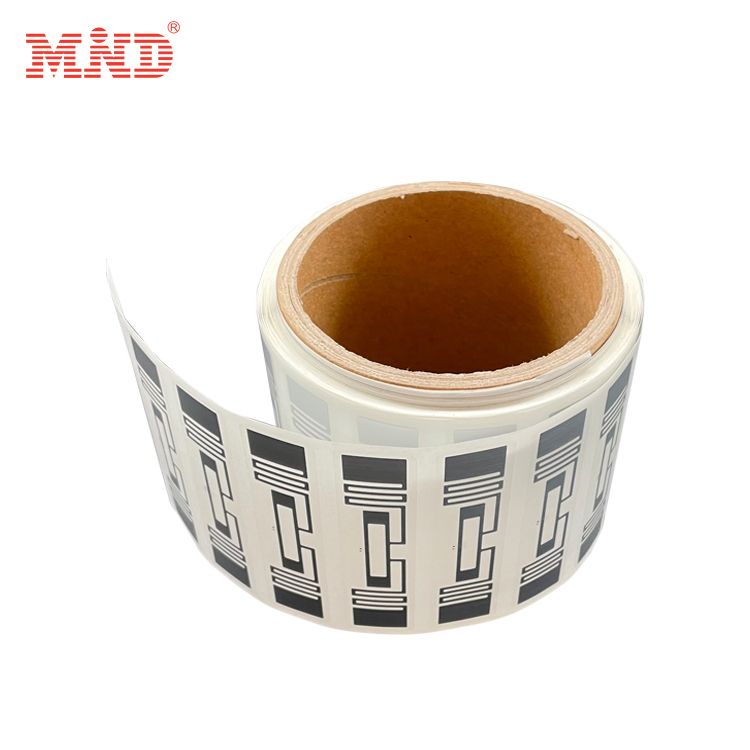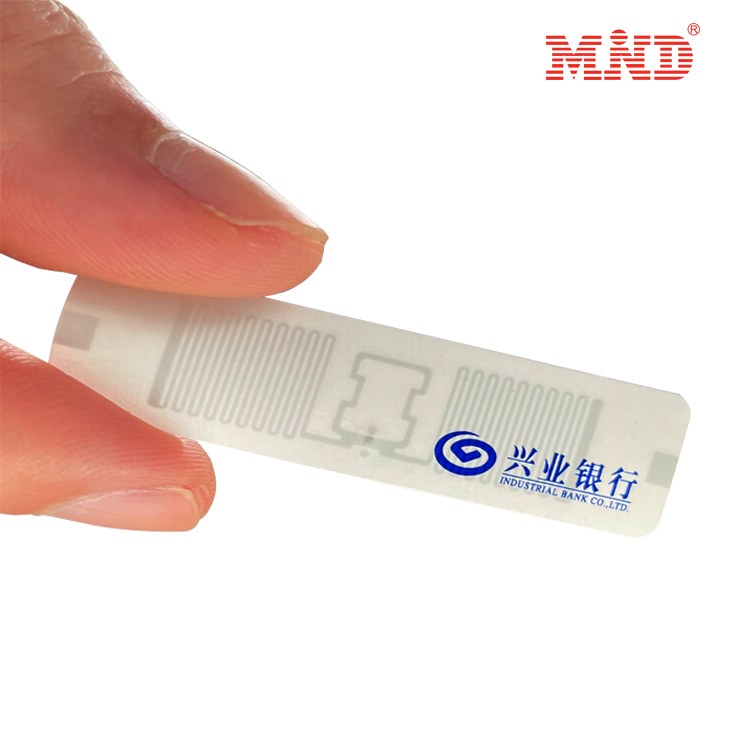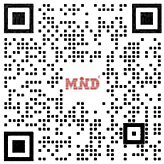RFID solutions company MINDRFID is running an educational campaign with several messages for RFID technology users: tags cost less than most buyers think,
supply chains are loosening, and a few simple tweaks to inventory handling will help companies take advae of the technology with minimal expense. The most
important point is simple: RFID has become cheap, and its effectiveness only requires the right approach.
Over the past year, demand for RFID tags has been high and has often outpaced supply, in part due to a global chip shortage and a large number of tag orders from
Wal-Mart suppliers seeking to meet RFID tag requirements. However, supply is catching up. Based on data estimates, the wait time for a label order, once about six
months, is now down to 30 to 60 days.
Most standard UHF RFID tags provide 96 bits of memory to accommodate the tag ID number. They are designed to interoperate with most standard off-the-shelf readers,
which is not necessarily suitable for higher memory tags. While the latter can store more data, including lot numbers, maintenance information, etc., they cannot be easily
read using standard UHF readers.
This year, however, we adopted support for 128-bit tags, and our application and reader interoperate with these tags and the standard 96-bit tags so that both can be
queried in the same way without modification. The value of 128-bit tags, the company explains, lies in their space to store additional data, although they don’t have as
much memory as some dedicated tags built for aerospace and other applications.
Handheld readers are often easier to read than users expect. It’s a matter of downloading an app to a handheld device, then opening that app, holding the reader trigger
and walking around the merchandise aisle. Those using the Wave app can check the “not scanned” TAB after scanning the entire store or all the shelves. This TAB displays
everything that the reader has not detected, and the user can then check the inventory again on the unscanned items to make sure they have not missed anything.
These technological updates have led to lower overall tagging solution costs, faster return on investment in some mature applications, and more manageable overall costs.
Post time: Dec-01-2022








